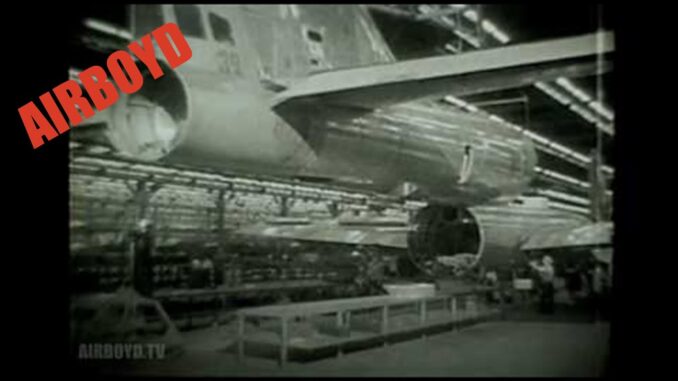
From Wikipedia, the free encyclopedia http://en.wikipedia.org/wiki/B-29_Superfortress
The Boeing B-29 Superfortress was a four-engine propeller-driven heavy bomber that was flown by the United States in World War II and the Korean War. The B-29 remained in service in various roles throughout the 1950s. The British Royal Air Force flew the B-29, named the Washington in RAF service, and the Soviet Union produced an unlicensed copy as the Tupolev Tu-4. The name “Superfortress” was derived from that of its well-known predecessor, the B-17 Flying Fortress. The B-29 was the progenitor of a series of Boeing-built bombers, reconnaissance aircraft, trainers and tankers including the B-29 variant, B-50 Superfortress. The later, jet powered B-47 Stratojet and the B-52 Stratofortress carried on the lineage.
The B-29 was one of the largest aircraft to see service during World War II. A very advanced bomber for this time period, it included features such as a pressurized cabin, an electronic fire-control system, and remote-controlled machine-gun turrets. Though it was designed as a high-altitude daytime bomber, in practice it actually flew more low-altitude nighttime incendiary bombing missions.[citation needed] It was the primary aircraft in the American firebombing campaign against the Empire of Japan in the final months of World War II, and carried the atomic bombs that destroyed Hiroshima and Nagasaki. Unlike many other WWII-era bombers, the B-29 remained in service long after the war ended, with a few even being employed as flying television transmitters for the Stratovision company. The type was finally retired in the early 1960s, with 3,960 aircraft in all built.
